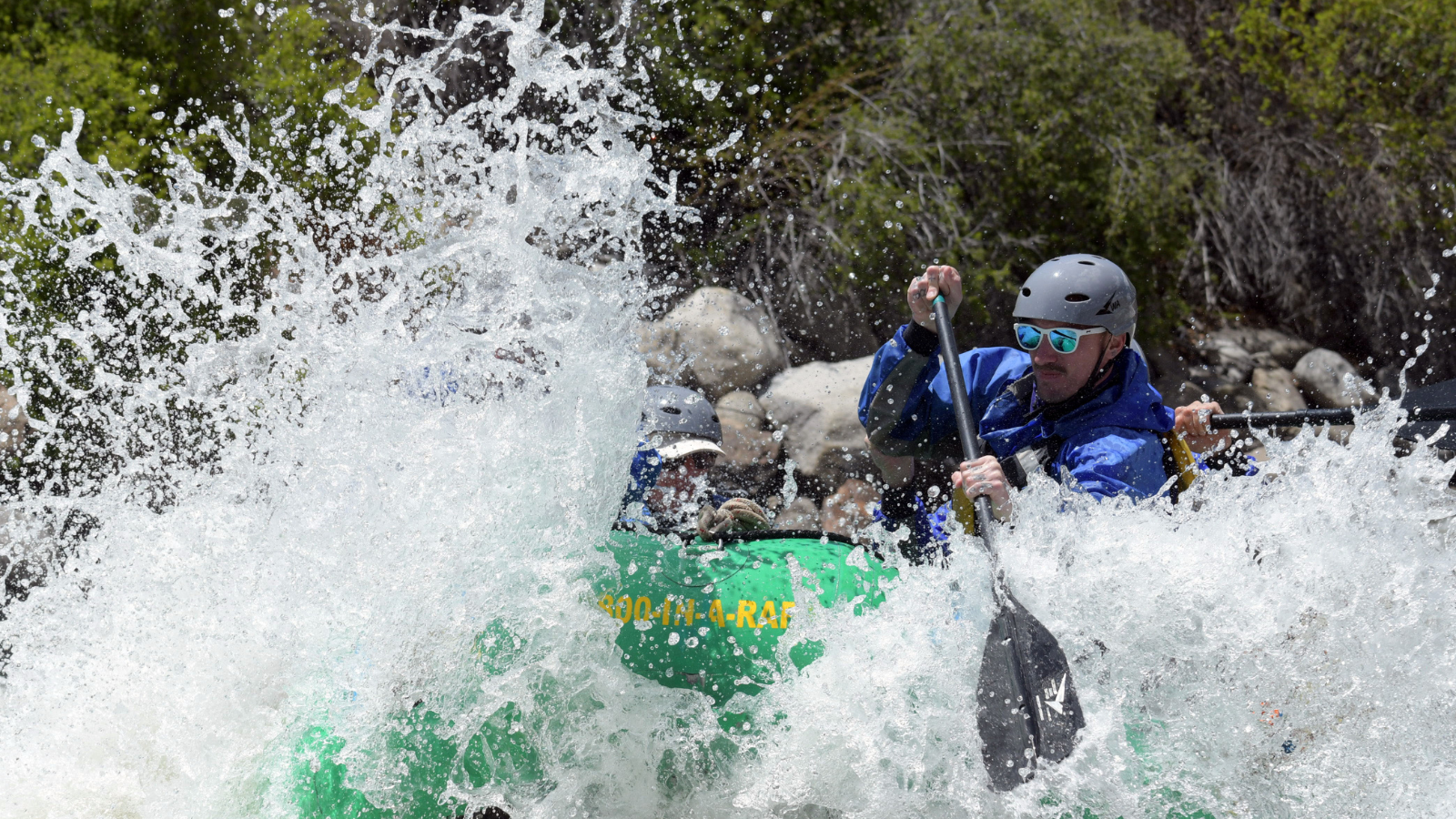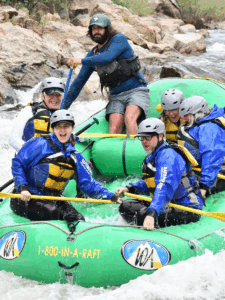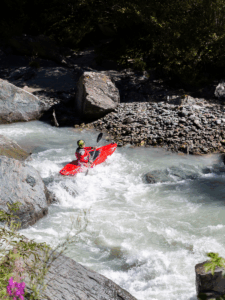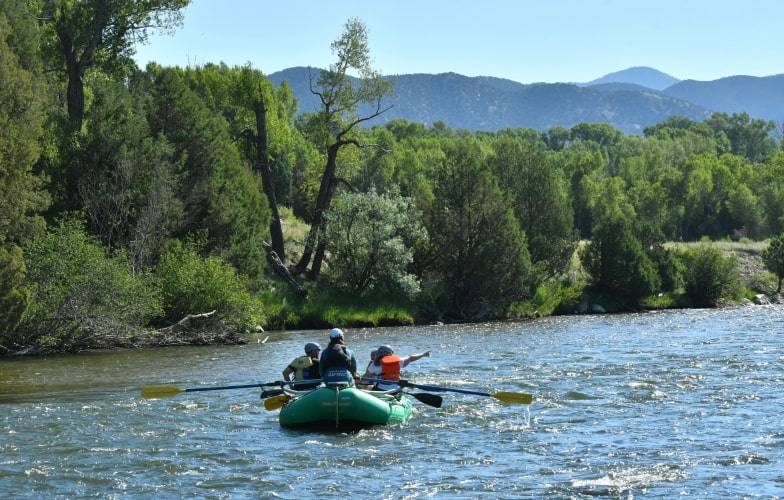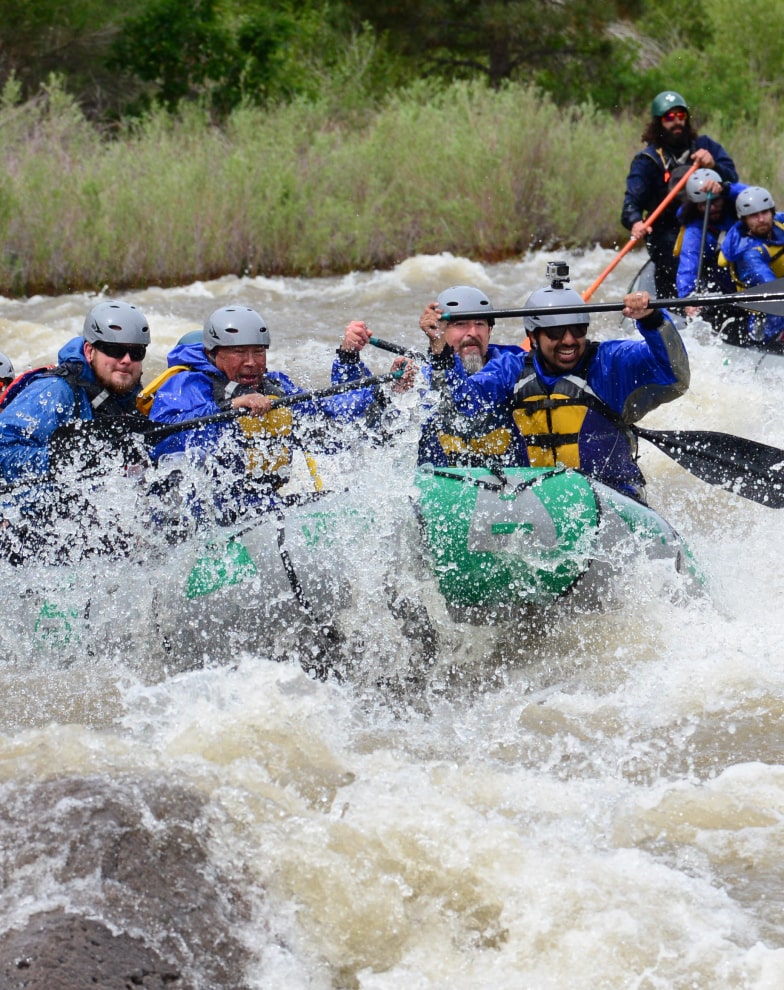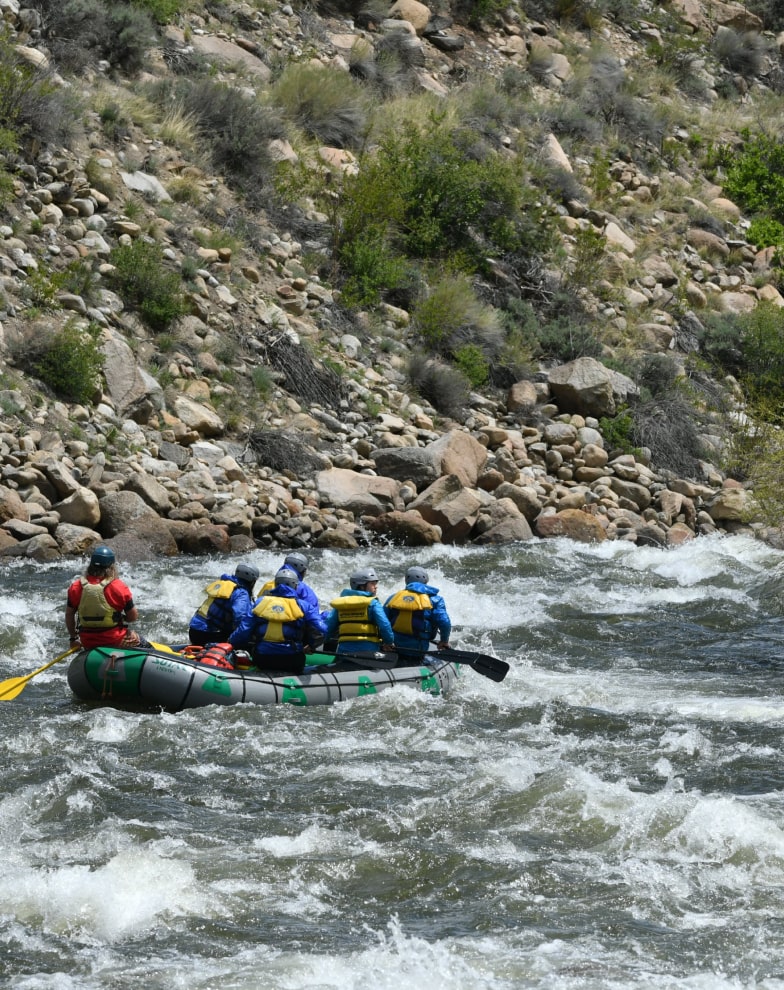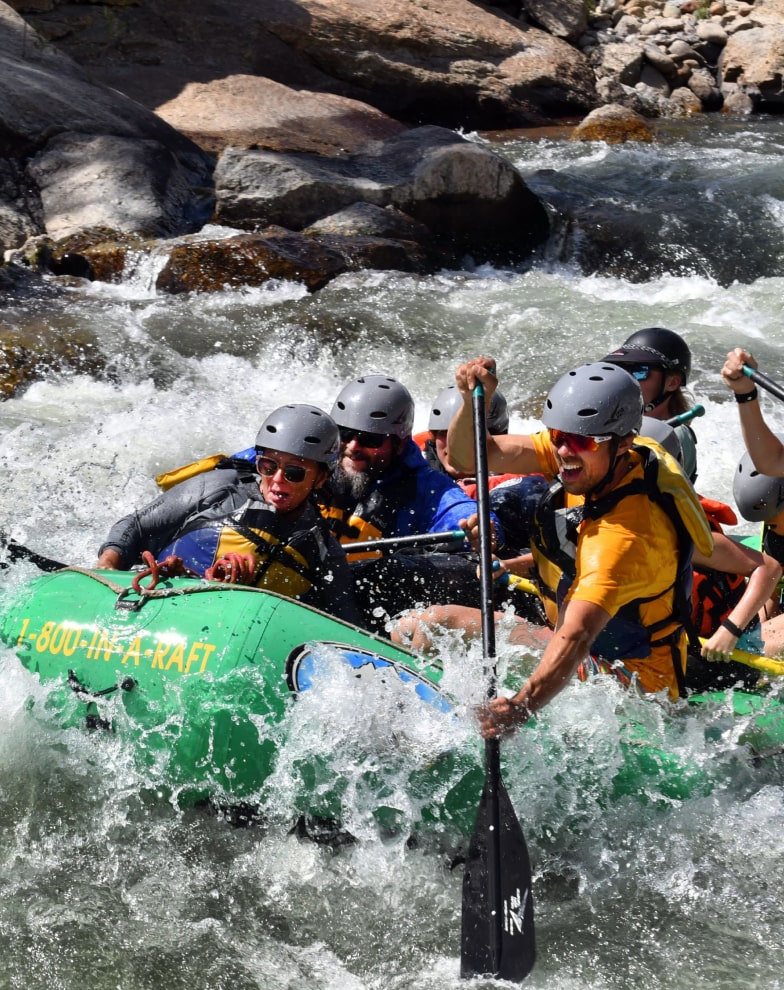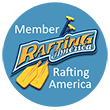If it’s your first time or your 500th time whitewater rafting, canoeing, kayaking or rowing, preparing your body for the physical stamina and strength required will make your experience more enjoyable and your physique admirable. Similar to any other sport, working out and stretching specific core muscles makes paddling much easier and you’ll be less likely to injure yourself.
Although these activities seem to only require your arms and upper body, you’ll actually be using your core a lot if you are paddling efficiently and to maintain your balance. Some people mistakenly focus only on their upper body and forget about their bottom half—Pro Tip: don’t forget to work out your legs since you only need them to hold up your upper half.
Increasing Endurance
Whitewater rafting, kayaking, and other paddling adventures require sustained energy and cardiovascular fitness. Without a strong endurance base, you’ll tire quickly and may struggle to keep pace with your group. The good news? You can train for it off the water with simple, effective workouts that boost stamina and heart health.
Endurance Tips for Rafters and Kayakers:
Incorporate Cardio Cross-Training: Biking, running, swimming, and rowing are all excellent low-impact ways to build cardiovascular endurance.
Add Intensity with Intervals: Mix in short bursts like 30-second sprints, uphill climbs, or circuit-style training to push your aerobic capacity.
Start Small, Then Build: Begin with just five minutes of steady cardio, and increase duration gradually as your stamina improves.
Hydrate Before You Train: Pre-hydration is key—drink water beforehand to keep your body performing well throughout your workout.
Fuel with Smart Carbs: Eat complex carbs like oatmeal, whole grain toast, or Greek yogurt with fruit before your session for sustained energy.
Recover with Protein: After your workout, refuel with protein-rich snacks like a smoothie, peanut butter and banana, or a protein shake to aid recovery and muscle repair.
Training your cardiovascular system before hitting the water ensures you’ll be ready to paddle strong, without gassing out in the first rapid.
Increasing Strength
Building strength is crucial for paddling power, endurance, and injury prevention.
“Strength training is a key component of overall health and fitness for everyone,” and it “can also protect your joints from injury,” according to the Mayo Clinic.
The more strength you have, the more water you can pull with each stroke—and your team will be counting on you to pull your weight. Whitewater rafting and kayaking rely heavily on your shoulders, arms, wrists, and core, so it’s important to get these muscle groups used to repetitive motion. Targeted strength training improves control, boosts stamina, and helps prevent common injuries like shoulder strain from overexertion.
Top Strength Exercises for Rafters:
- Push-Ups: Strengthen your chest, shoulders, and triceps while engaging your core.
- Pull-Ups or Rows: Develop back and arm muscles for stronger strokes and better posture.
- Overhead Press: Boost shoulder endurance for long paddling days.
- Planks: Build core stability, which helps with balance and bracing in the raft.
- Tricep Dips: Improve arm control for quick, precise movements.
Aim to train 2–3 times per week using bodyweight or light weights. Focus on form and endurance over heavy lifting. Strong muscles won’t just improve your performance—they’ll help prevent injury and keep you paddling longer. Prior to strength building, consume some low GI carbs and protein like a spinach and egg omelet or a smoothie with protein powder. Always pre-hydrate. Follow up your exercises with a chocolate protein shake or half of an avocado with cheese and tomato and a healthy serving of water.
Increase Flexibility
Building strength and endurance is essential—but it won’t mean much if an injury takes you off the water. To stay healthy and paddle-ready, flexibility and proper recovery are just as important. Incorporating dynamic warm-ups, cooldown stretching, and good hydration habits can go a long way in preventing cramps, strains, and fatigue.
Stretching and Injury Prevention Tips:
Warm Up First: Get your body moving with 5 minutes of light cardio before stretching—this helps loosen muscles and prevents strain.
Stretch During Cooldowns: After workouts, dedicate time to slow, controlled stretching to increase flexibility and reduce soreness.
Target Key Areas: Focus on shoulders, arms, back, and hips—muscles most used in paddling. Cross-body arm stretches and shoulder rolls are especially effective.
Improve Posture: Standing and sitting with good posture keeps your spine aligned, engages your core, and prevents lower back discomfort during long paddling sessions.
Hydrate to Prevent Cramps: Not drinking enough water before or after activity can lead to muscle cramps and fatigue, so keep that water bottle handy.
Adding flexibility and recovery practices to your training routine helps you stay limber, reduce your risk of injury, and show up ready for adventure every time you hit the river.
Heading to the Water
Before you jump right into the water, take a moment to warm up your muscles whether it’s jogging, sprints, or lunges. Then stretch your shoulders, arms, wrists, legs, and back. This way, your muscles are loose and ready to rock and roll. Make sure your reusable water bottle is filled, you’ve had a few swigs of that, and your snack is safe in your belly.
Protect your skin by applying a water-resistant sunscreen to prevent painful burns from the sun reflecting off the water. If you’re wearing sunglasses (recommended), use a strap on the arms so you don’t risk losing them if they fall off. Lastly, get your helmet and life jacket on, have fun and enjoy whitewater rafting, kayaking, canoeing or rowing as you’re feeling stronger and more flexible.
Check out the white water rafting trips we have available at Wilderness Aware Rafting or contact us for more information. See you on the river!
FAQ’s for Preparing Yourself for Whitewater Rafting
Why is strength training important for whitewater rafting?
Strength training builds the upper body and core muscles needed for powerful, controlled paddling. It also helps prevent injuries like shoulder strain by preparing your muscles for the repetitive motions of rafting.
What are the best exercises to prepare for paddling sports?
Effective exercises include push-ups, pull-ups or rows, overhead presses, planks, and tricep dips. These target the key muscle groups used in paddling such as shoulders, arms, back, and core.
How can I improve my endurance for long paddling trips?
Cross-training with biking, running, and swimming boosts cardiovascular health. Incorporating interval training like sprints or hill climbs can further increase stamina for sustained paddling.
How important is flexibility for paddlers, and how can I improve it?
Flexibility reduces injury risk and improves your range of motion. Focus on dynamic stretches for shoulders, arms, and core muscles before and after workouts, and maintain good posture both on and off the water.
What should I eat and drink before and after paddling workouts?
Prior to workouts, consume low glycemic index carbs like whole grains or Greek yogurt with fruit, and pre-hydrate with water. After exercising, refuel with protein-rich snacks like smoothies, peanut butter with banana, or a protein shake, along with plenty of hydration.
